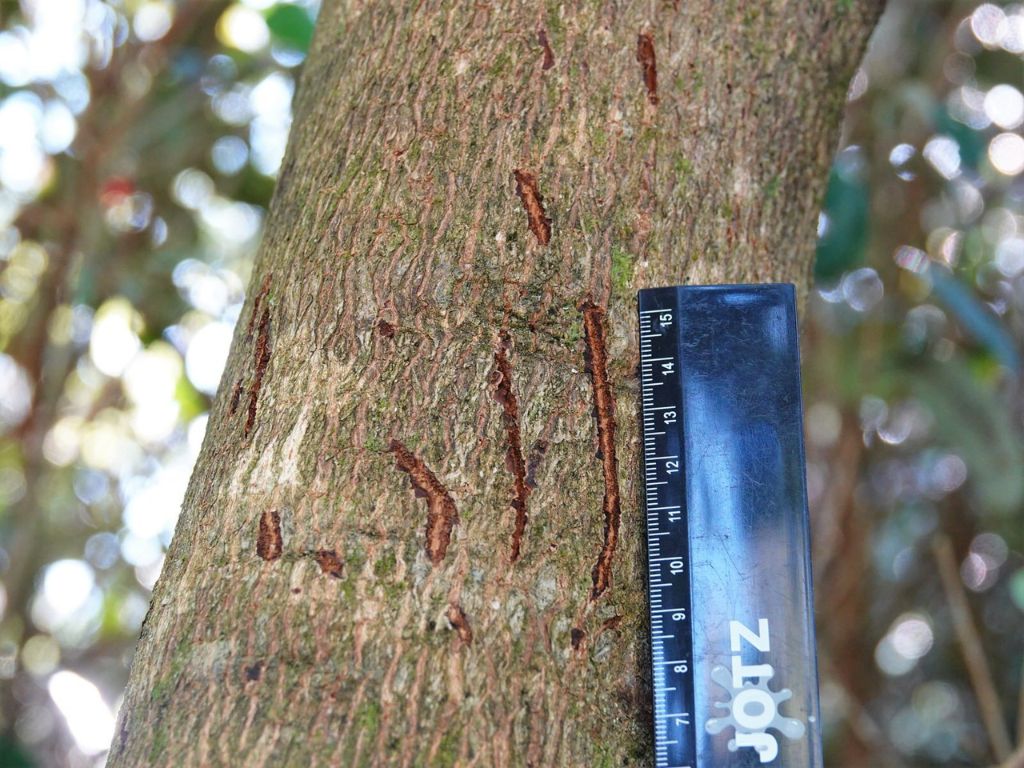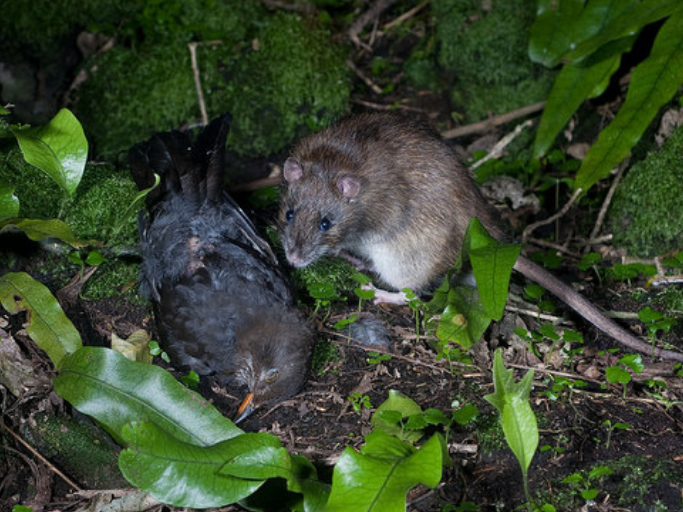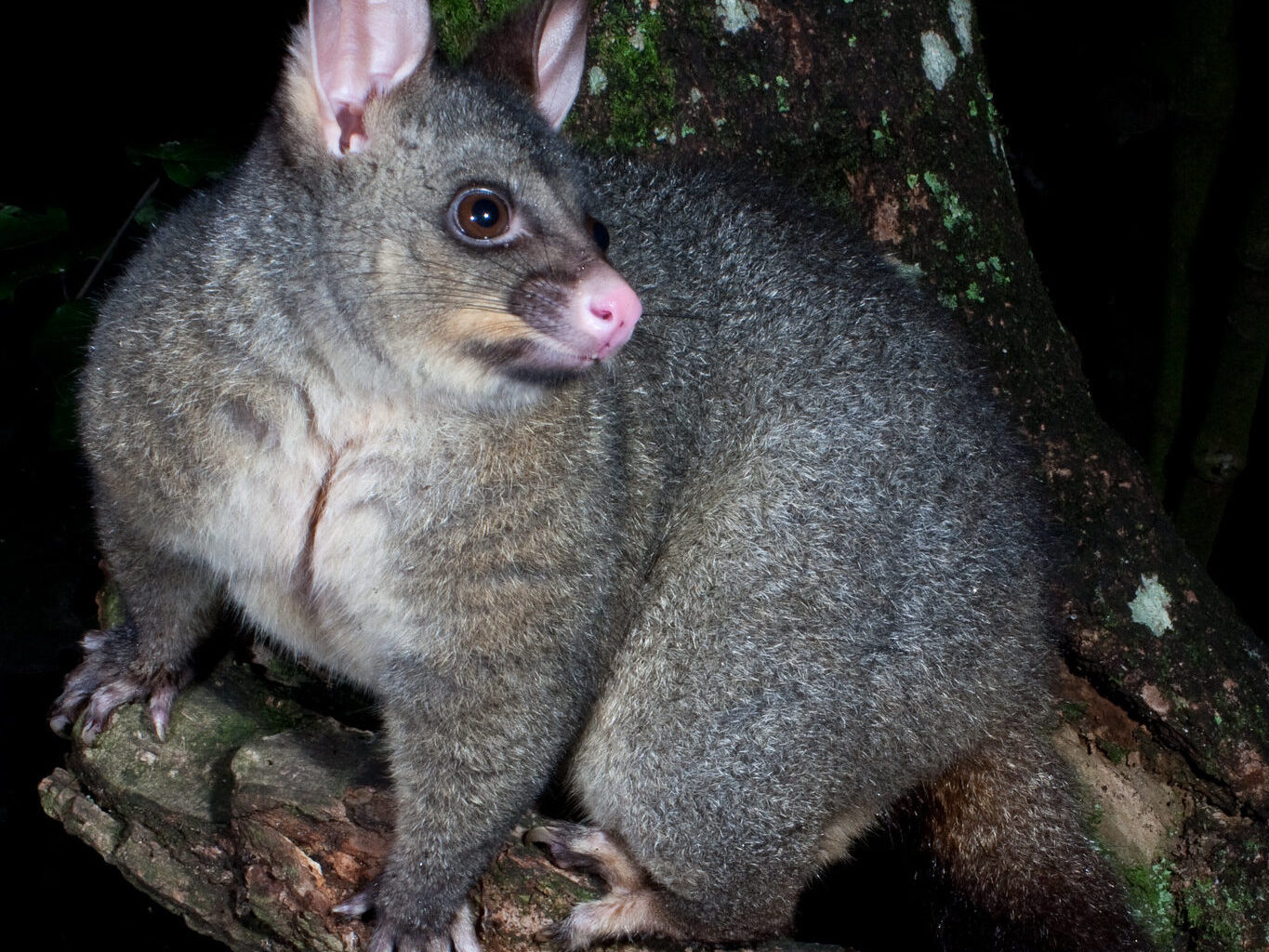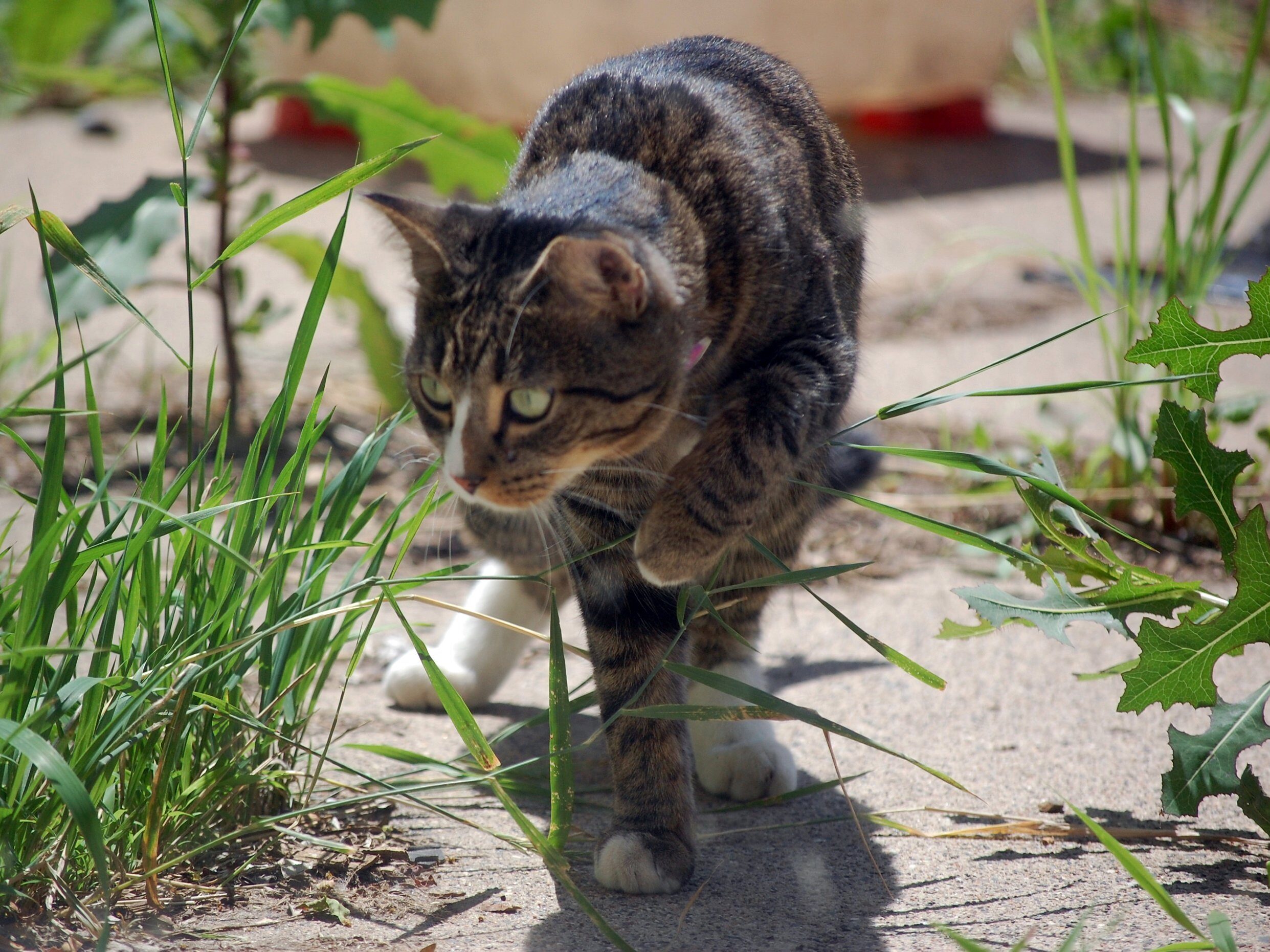ON THIS PAGE
Three easy ways to identify backyard predators
- Look for signs of predator activity in your backyard, e.g. poo, or teeth marks on fruit or claw marks on trees.
- Set out chew cards – the teeth marks left on chew cards can help identify exactly which predators are paying you a visit. They also tell you where in your backyard the predators are visiting and good places to put a trap. You can buy packs of chew cards from our online shop and read our advice on how to use them.
- Tracking tunnels are another great way to identify predators. The predator walks through ink on a pad, leaving clear footprints you can use for identification. You can buy tracking tunnels and cards from our online shop and read our advice on how to use them.

Rats
The two rats most commonly found in NZ backyards are the ship rat and the Norway rat. Rats are generally nocturnal and reclusive. Both species are neophobic, meaning they avoid new foods or situations. Just because you have never seen them, does not mean they are absent!

The ship rat (also called the common rat or black rat) has large ears and a tail that’s longer than its body. This rat is the biggest threat to wildlife because it’s a good climber and can reach nests in trees.
The Norway rat (also called the brown rat) is larger, with a short, thick tail and small ears. Norway rats are good swimmers and prey on ground-nesting birds, their eggs and their chicks. They are able to climb trees but spend most of their time on the ground.
If you have rats in the backyard, you may well have mice in the vicinity too. The common house mouse is NZ’s smallest introduced predator.
For more information about rats, see our rat facts and control tips.
Possums
Possums have furry bodies, a long bushy tail and pointed ears. They are similar in size to a cat and are nocturnal.
Possums are a threat to our forests and native wildlife. They eat leaves, flowers, leaf buds, fruit, eggs, birds, insects and snails. In backyards, they cause havoc to fruit trees and rose bushes!
They are messy eaters, leaving ragged edges on leaves and partially eaten fruit and flowers on the ground.
For more information about possums, see our possum facts and control tips page.

Cats

Feral, stray and owned cats also prey on birds, lizards, wētā and other species.
See our advice on responsible cat ownership for stress-free ways to reduce the harm domestic cats can cause.
The SPCA recommend keeping them happy and safe at home. For more information about cats, see our cat facts and control tips.
Next steps
Once you’ve identified your backyard predators, it’s time to start trapping and/or baiting.

